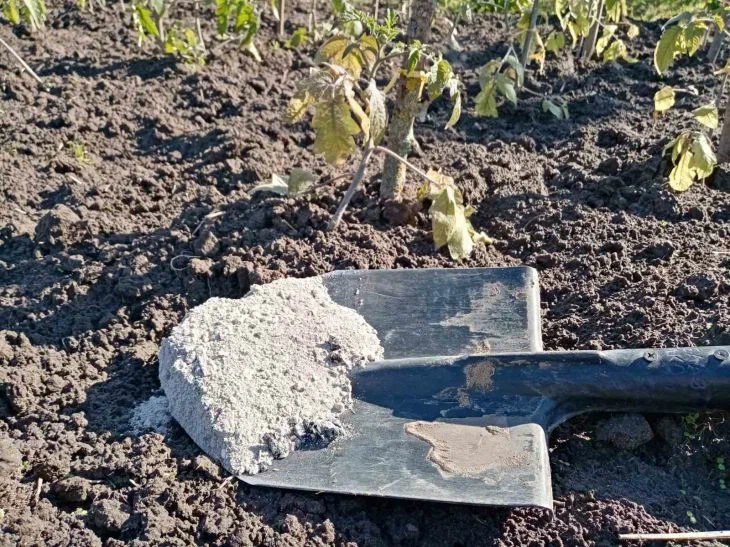Every gardener dreams of a rich carrot harvest. However, achieving such a result is not always easy.
In an effort to achieve a quality harvest, gardeners use various tricks and folk remedies.
Anastasia Kovrizhnykh , an expert of the online publication "BelNovosti", an agronomist and landscape designer, told how to act in such a situation.
One such method is to use ash when planting carrots. But is ash really a useful tool or can its use harm the future harvest?
Ash as a source of nutrients
The use of ash in agriculture is a long-standing practice. Even our ancestors noticed that this natural fertilizer can improve soil fertility and increase crop yields.

Ash is a source of valuable microelements such as potassium, phosphorus, calcium, magnesium. These elements play a key role in plant development, contributing to the formation of a strong root system, improving the taste of fruits and increasing their resistance to diseases.
Caution: ash!
It would seem that the answer is obvious: ash is an ideal fertilizer for carrots. However, like any tool, ash requires skillful and competent use.
Excessive application of ash can lead to undesirable consequences, such as changes in soil acidity, disruption of the balance of nutrients, and decreased absorption of some elements by plants.
Ash and soil acidity
Before using ash, you need to determine the type of soil on your site.
In acidic soils, where the pH level is below 6, ash acts as a deoxidizer, neutralizing excess acidity.
On alkaline soils, where the pH level exceeds 7, the use of ash may be inappropriate and even harmful, shifting the pH even more towards the alkaline side. Carrots prefer slightly acidic or neutral soils with a pH level of 6 to 7.
Ash composition is an important factor
It is also important to consider the composition of the ash. Ash obtained from burning wood is rich in potassium and calcium. Ash obtained from burning peat contains more phosphorus.
The composition of the ash also depends on the type of material being burned. For example, ash from burning coniferous trees contains fewer useful substances than ash from burning deciduous trees.
Methods of using ash
Ash can be used both in dry form and as a solution. Dry ash is added to the soil before sowing carrots, evenly distributing it over the surface of the bed and carefully sealing it into the soil.
To prepare the solution, mix the ash with water and leave for several days, stirring occasionally. The resulting solution is used to water the plants.
Ash and the Carrot Fly
Despite the obvious advantages of ash as a fertilizer, its use when planting carrots is a controversial issue.
Some gardeners claim that ash can repel the carrot fly, the worst enemy of this root vegetable.
Others, on the contrary, notice increased pest activity in beds fertilized with ash.
Therefore, before using ash, it is recommended to conduct a small experiment on your plot by planting carrots in two beds - with and without ash. This will allow you to evaluate the effect of using ash on a specific type of soil and in specific conditions.
Alternatives to ash
It is important to remember that ash is not the only fertilizer that can be used to feed carrots.
There are many other organic and mineral fertilizers that can provide plants with the necessary nutrients. The choice of fertilizer depends on the individual characteristics of the soil and the preferences of the gardener.
Previously we talked about how to grow large raspberries .









